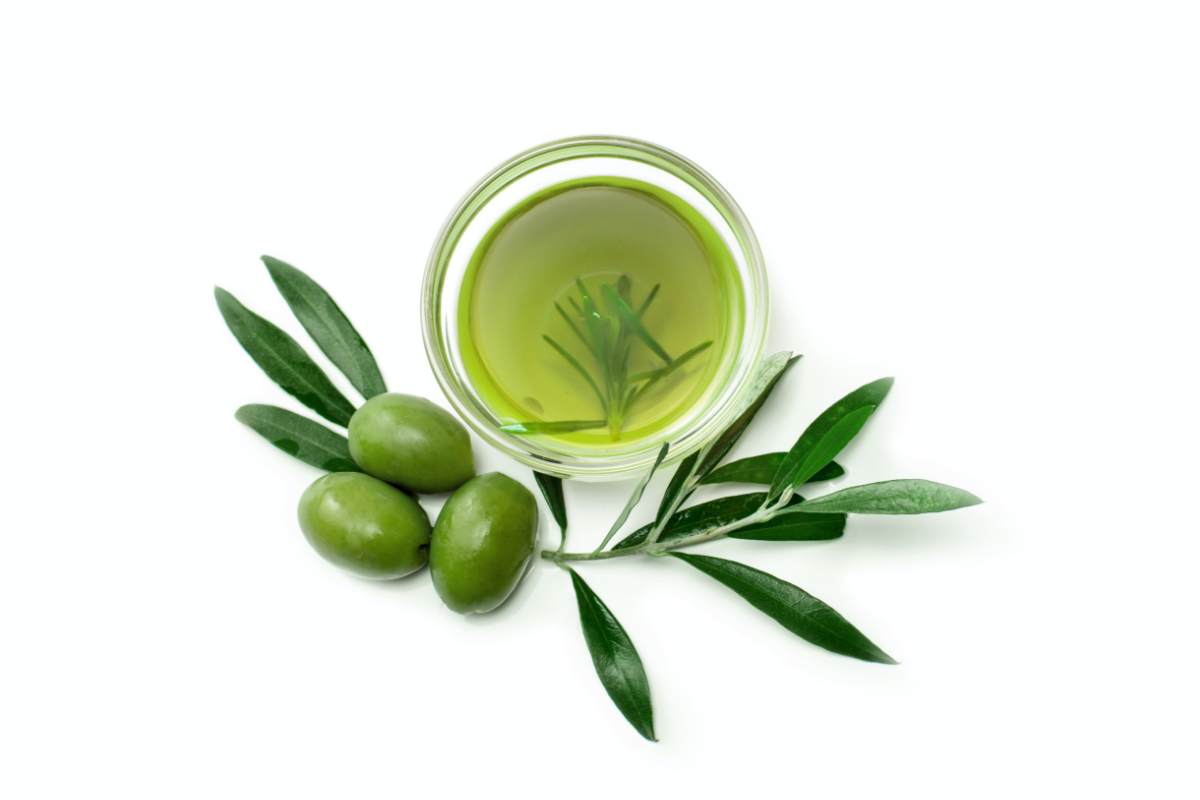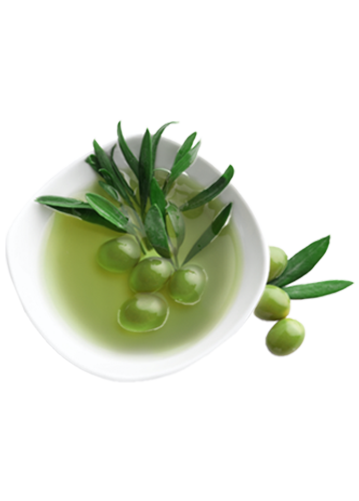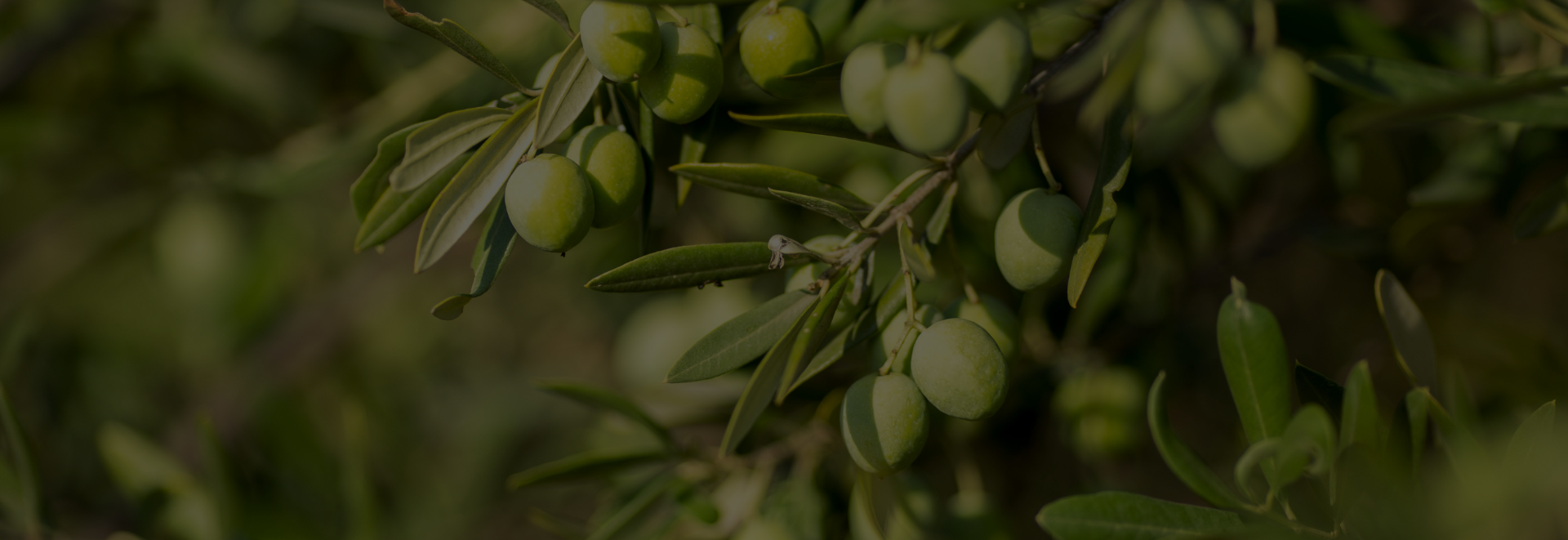
DISCOVER
When it comes to purchase of olive oils, sometimes confusion can shadow our decision. What are all these types of olive oil and which one is better for my consumption?
To provide answers to your questions, we have used the classification system of the “EU Commission” for definition of types and description of oil characteristics. A similar classification is used in the United States and other parts of the world.

Olive Oil Characteristics
Extra virgin olive oils and virgin olive oils are obtained directly from olives and solely by mechanical means. The oils have a wide range of characteristics, such as organoleptic properties (taste, color, smell, feel), which depend on various factors like the type of olive, soil, climatic conditions, harvest date etc.
Extra Virgin Olive Oil is virgin olive oil which has excellent flavor and odor (median of defects equal to zero and median of fruitiness greater than zero) and a free fatty acid content, expressed as oleic acid, of not more than 0.8 grams per 100 grams or 0.8%.
Virgin Olive Oil is virgin olive oil which has reasonably good flavor and odor (median of defects between zero and 2.5 and median of fruitiness greater
than zero) and a free fatty acid content, expressed as oleic acid, of not more than 2.0 grams per 100 grams or 2%.
Olive Oil is the oil consisting of a blend of refined olive oil and virgin olive oils fit for consumption without further processing. It has a free fatty acid content, expressed as oleic acid, of not more than 1.0 gram per 100 grams or 1%, has acceptable odor and flavor characteristic of “virgin olive oil”.
Other categories of olive oil can also be sold directly to consumers,but is not recommended due to lack of taste, flavor and nutritional value.
-
- Olive oil composed of refined olive oil and virgin olive oils results of a mixture of refined olive oil with extra virgin and/or virgin olive oils. Its acidity degree shall not exceed 1% (1.0 gram per 100 grams).
-
- Olive-pomace oil results of the mixture of refined olive-pomace oil with extra virgin and/or virgin olive oils. It must have a degree of acidity not exceeding 1% (1.0 gram per 100 grams).
Other categories of olive oil for refining or industrial purposes are not good for human consumption
-
- Lampante Olive Oil is the lowest quality virgin olive oil. It has substantial sensory defects (taste and/or smell) which can be the result of bad processing of the olives, or of weather incidents altering the olive fruits while on the trees. Lampante olive oil must be refined in order to remove its defects. As such, it cannot be sold to consumers. After refining, the oil obtained is known as “refined olive oil”
-
- Crude olive - pomace - oil olive-pomace is the residual paste obtained after the oil is extracted from the olives. The oil obtained out of this paste is the crude olive-pomace oil.
-
- Refined olive oil has little or no olive aroma, flavor or color. Refined olive oil cannot be sold to consumers. It is blended with extra virgin olive oil and/or virgin olive oil to make the “olive oil composed of…” category.
-
- Refined olive - pomace oil is obtained after the refining of crude olivepomace oil. Blended with extra virgin and/or virgin olive oils, it can be marketed to consumers as olive-pomace oil.
The key visual differentiator between an Early Harvest and a Late Harvest Olive Oil is its color. Early Harvest has a distinctive green color, while late Harvest has a golden color.
-
The story starts on the tree and the color of the fruit is the key to harvest time. The olive color is an indication of its ripeness. At start, the olive fruit is green, as time passes these little amazing fruits will transform to purple and eventually to black on the tree.
-
The unripe olives are picked right from the trees to make Early Harvest Olive Oils. These oils are rich in chlorophyll content, so the Early Harvest Olive Oils are Green. Early Harvest Olive Oils are rich in antioxidants and have extralow acidity, hence they have greater health benefits. They are more pungent, fruity and flavorous.
-
In the Mediterranean region, olives can be harvested from October to as late as February. If olives are harvested early, they yield less olive oil than late harvest olives, but are rich in organoleptic characteristics and phenolic compound levels.
-
Late Harvest Olive Oils tend to be more golden in color, as the chlorophyll content declines. At this stage, the phenolic compound levels in olive oil also declines. Compared to Early Harvest, these olive oils are less fruity, more floral, less pungent, and have a thicker texture.

Free Fatty Acids
One key chemical compound that helps olive oil producers determine the quality of their oil is free fatty acids.
Simply stated, a low level of free fatty acids is an indicator of higher quality olive oil. Therefore, in Extra Virgin Olive Oils an acidity level of 0.8 percent is a minimum requirement, 0.5 percent is good and 0.2 percent is considered to be the highest quality that can be achieved.
Only by carefully picking and selecting high quality olives, avoiding additives such as water and carefully monitoring the production process, one can deliver an acidity level of below 0.2 percent.
